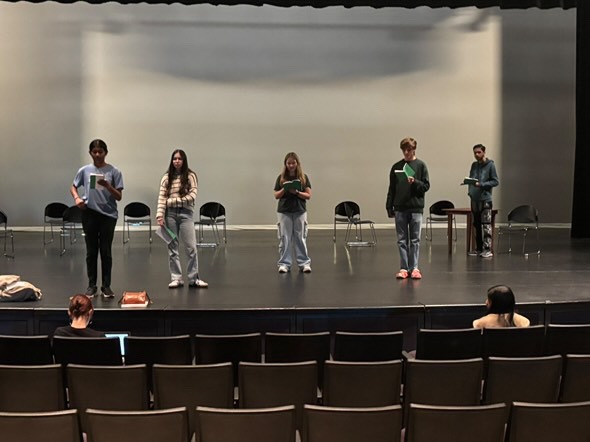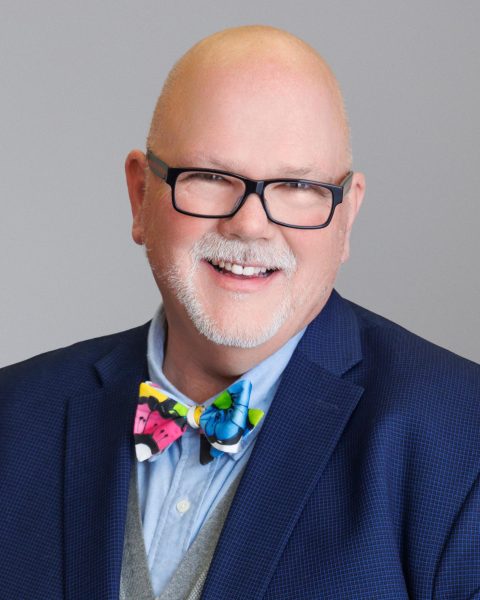Take The Dub With Dual Enrollment
Most students explore similar course loads within the high school curriculum, however, some students take advantage to pursue dual enrollment, an option for them to challenge themselves above and beyond. Dual enrollment is the process of enrolling in two different academic institutions; in this case, Wilcox High School and any community college such as Mission College or De Anza. Even though Wilcox’s course catalog is extensive and of high quality, community colleges allow students to participate in more technical courses furthering their education for specific careers. For example, if a student is interested in pursuing a business degree, they could take an Introduction to Business Class at De Anza College. Dual enrollment allows students to pursue college-level courses and earn both college and high school credits simultaneously. According to Public Schools Review, “students who are able to take a wide range of Advanced Placement (AP) courses at their current high school may be able to earn just as many college credits through these programs.” This is an appealing option for many high-achieving students that many Chargers take advantage of. For instance, Tera Lam, a freshman at Wilcox, looks forward to taking her dual enrollment course in counseling. “I chose dual enrollment because I wanted credits towards high school graduation and college. I’m doing counseling because my interest for the future is more in line with counseling than sociology,” commented Lam in an interview.
One common misconception about dual enrollment classes is their difference compared to Advanced Placement (AP) classes. Dual enrollment courses, unlike AP classes, are certified college classes because they are taught by college professors instead of high school teachers and allows students to catch a glimpse into college life.
There are primarily two types of dual enrollment programs in California. Many high school students will go to college campuses to take their classes, however, there is also an asynchronous option. Sezen Musa, a junior at Wilcox, mentions how she took all of her dual enrollment classes asynchronously as a sophomore during the pandemic. “Asynchronous classes are a lot easier to coordinate with because you can do them on your own time,” she states. Many colleges around the Bay Area, such as Mission College, accept high schoolers in any grade level to enroll in their dual enrollment programs, either in-person or online.
In California, all community colleges offer some arrangement of dual enrollment programs. In the 2019 to 2020 school year, around 112,000 high school students enrolled in these courses, which is a fifty six percent increase in just the past four years. Small percentage of high schools allowed their students to take dual enrollment courses in the past, however, that number has been growing steadily over the last couple of years. Although, unexpectedly, due to the pandemic, the number of applicants enrolling in
dual enrollment programs declined. As reported by The National Student Clearinghouse Research Center, “Higher education enrollment fell 2.7 percent in the fall of 2021 following a 2.5 percent drop in the preceding fall…Losses in the pandemic represent a total two-year decline of 5.1 percent or 938,000 students since fall 2019.” In the midst of the ever-evolving, unpredictable school year, some courses also “just weren’t offered because we couldn’t guarantee that [stu-
dents] were going to be in school,” according to The Maine Community College System’s Director of College Access, Mercedes Pour.
Some may wonder if dual enrollment is worth it at all, and whether just taking AP classes are beneficial enough to their education and resume. Regarding this topic, there are mixed opinions and perspectives. On this matter, Sezen Musa comments, “The difficulty of a dual enrollment class is that it’s usually equivalent or not as hard as an AP class, so as long as you manage your time well and you pay attention to deadlines, it’s very manageable.” The bottom line is that it all depends on the student and what they are looking to achieve. Pursuing this type of higher education may provide more opportunities and benefits for some students because they will be able to spend more time on technical classes relevant to discovering their passions and potential career options.






